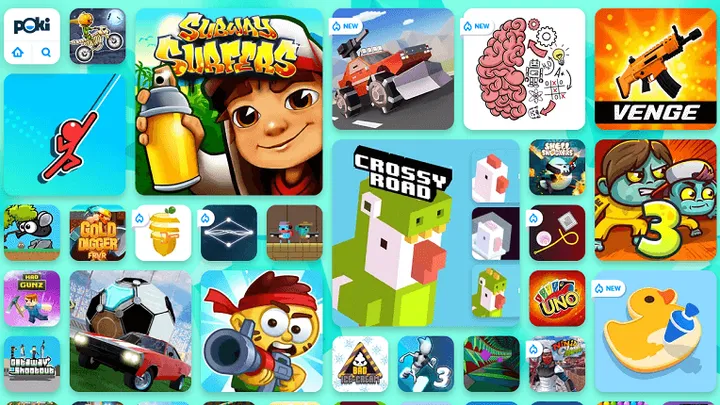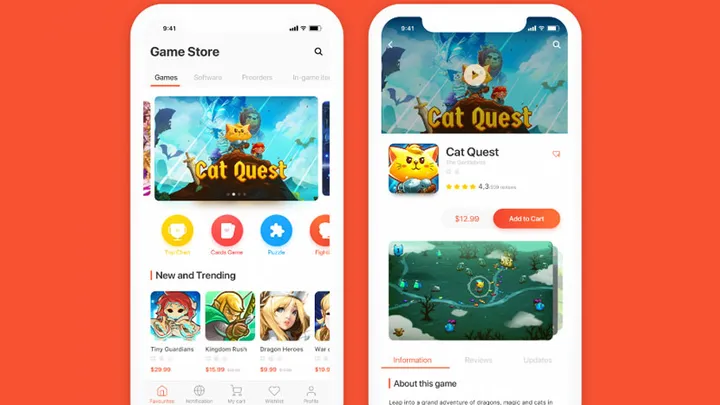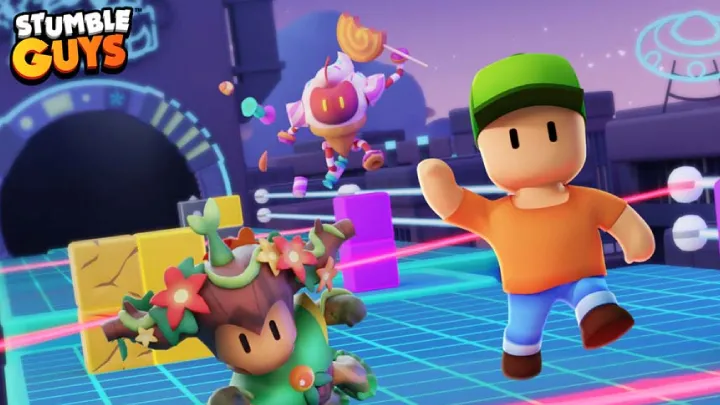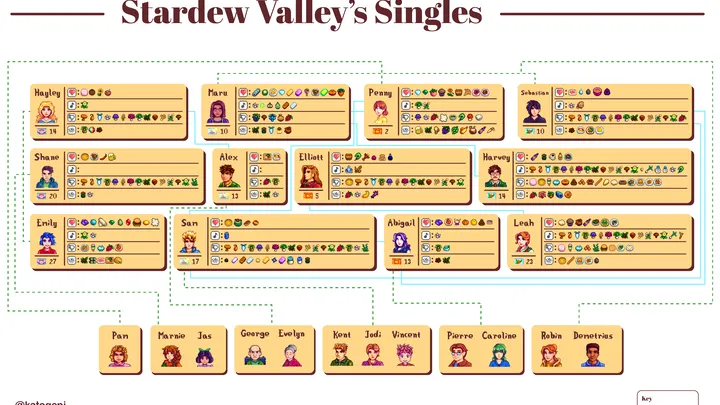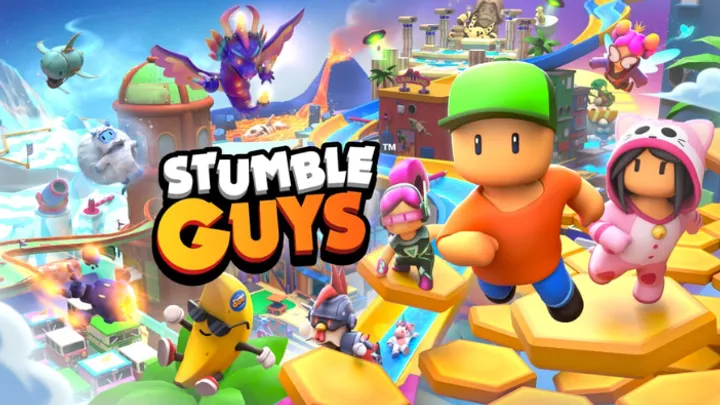Subway Surfers has been running strong since its 2012 debut, becoming one of the most recognizable endless runner games in mobile history. Its fast-paced dodging, colorful visuals, and constant updates made it a staple in casual gaming. But behind its global success lies a subtle, complex issue: the balance of repetition and challenge in endless design.
Unlike puzzle or battle royale games, endless runners offer no “win condition.” Players run until they fail. That design creates both excitement and a looming problem: how do you keep players engaged in a game that never ends? In this article, we’ll dissect how Subway Surfers manages its difficulty curve, psychological hooks, and monetization — and whether it has truly solved the endless runner problem or simply disguised it with flashy updates.
1. The Appeal of Simplicity
One of Subway Surfers’ biggest strengths is accessibility. The core mechanic — swipe to dodge obstacles — can be understood in seconds.
H3: Why simplicity matters
- Universal appeal: anyone can play, regardless of age or gaming experience.
- Low friction onboarding: no tutorials needed.
- Instant feedback: success and failure are clear.
This simplicity helped the game explode in reach, but it also lays the foundation for later challenges with retention.

2. The Illusion of Progress
Though the game is endless, Subway Surfers builds a sense of progression through missions, scores, and collectibles.
- Missions: short-term goals like “jump 10 times.”
- High scores: the chase for personal bests.
- Collectibles & characters: unlockables that mimic long-term progression.
But this progress is cyclical — after a point, missions repeat, scores plateau, and characters become cosmetic. The illusion begins to fade.
3. Repetition as a Double-Edged Sword
Endless runners thrive on repetition, but repetition also breeds fatigue.
H4: Repetition benefits
- Builds rhythm and mastery.
- Creates predictable flow states.
- Makes short play sessions satisfying.
Repetition drawbacks
- Content feels recycled.
- Obstacles blur into routine.
- Player boredom sets in faster.
Subway Surfers must constantly find ways to disguise this cycle.
4. Difficulty Scaling: The Speed Problem
As players survive longer, speed increases. While exciting at first, speed scaling eventually creates a skill wall.
- New players: overwhelmed too quickly.
- Veterans: enjoy the adrenaline but hit a ceiling where survival depends on twitch reflexes and luck.
This creates a gap where casual players drop out and hardcore players plateau.

5. The Power of Cosmetics and World Tours
To mask repetition, Subway Surfers pioneered the World Tour system, releasing new city-themed maps, skins, and boards.
Why this works
- Fresh visuals: makes old gameplay feel new.
- Cultural appeal: attracts global audiences.
- Collection drive: motivates continued play for exclusives.
Yet, beneath the new art, the gameplay loop remains identical. The question remains: is a new coat of paint enough?
6. Monetization Tied to Frustration
Monetization in Subway Surfers is tightly linked to its difficulty.
The loop
- Player crashes at high speed.
- Game offers revival using keys or currency.
- Players pay to keep streaks alive.
The tension between skill and frustration becomes a revenue engine. But this also risks alienating players who feel pressured to spend.
7. The Endless Motivation Trap
Why keep playing if you can never “win”? The game uses psychological tools:
- Leaderboard chasing: competing with friends.
- Daily challenges: micro-goals to justify logging in.
- Event FOMO: limited-time cosmetics.
These keep the illusion of progress alive, but for some, they highlight the hollowness of endless design.
8. Comparing Endless Runners
Compared to its competitors like Temple Run or Jetpack Joyride, Subway Surfers stands out for its polish and constant updates.
- Temple Run: heavier difficulty scaling, less cosmetic variety.
- Jetpack Joyride: more mini-objectives, but less visual refresh.
Subway Surfers endures by blending light challenge with cosmetic-driven novelty.
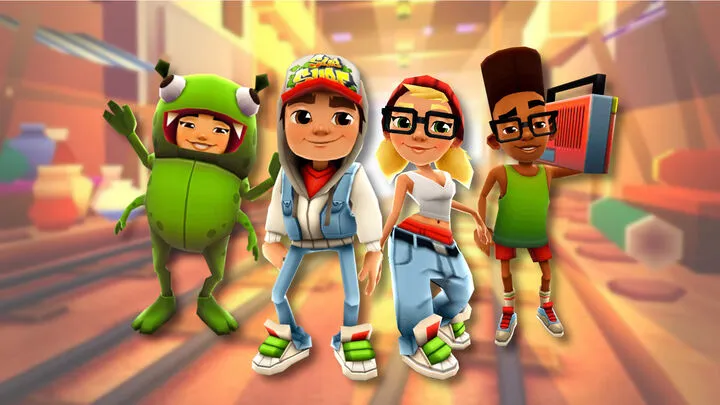
9. Community Adaptations
The community plays a role in extending longevity.
Common strategies players share
- Memorizing spawn patterns.
- Timing jumps with trains for maximum survival.
- Optimizing board and character abilities.
Some players even turn endless runs into competitions or livestream challenges, reframing the repetitive core into social entertainment.
10. The Future of Endless Design
The biggest question: how long can Subway Surfers sustain itself?
Possible evolutions
- Dynamic difficulty adjustment: smoother scaling for all players.
- Expanded progression systems: beyond cosmetics.
- Social integration: cooperative or competitive multiplayer modes.
Without evolution, endless runners risk fading as newer genres dominate attention.
Conclusion
Subway Surfers has mastered the art of making repetition fun — but repetition remains its greatest weakness. By layering cosmetics, missions, and world tours on top of a simple mechanic, it disguises the endless runner problem without fully solving it. For some, the thrill of speed and collection is enough. For others, the illusion of progress eventually crumbles.
In the end, Subway Surfers embodies both the magic and the limitations of endless design: always running, never arriving.









